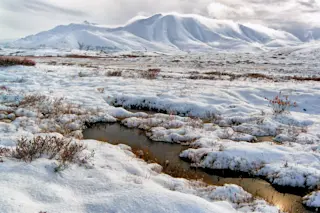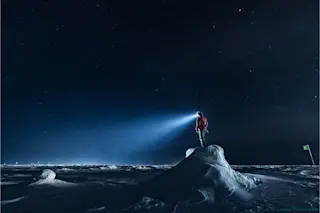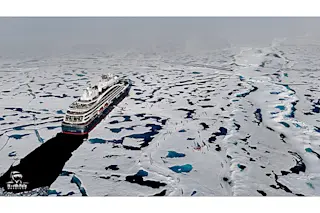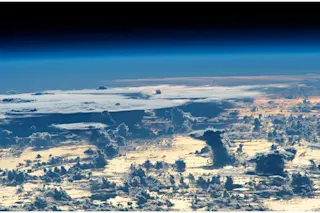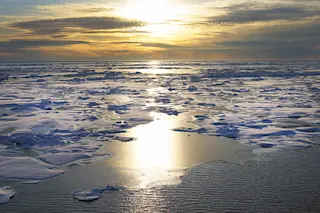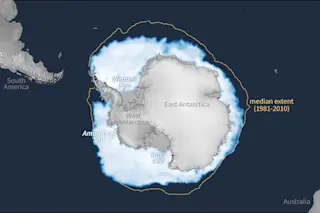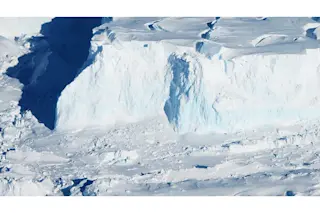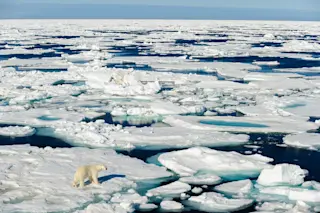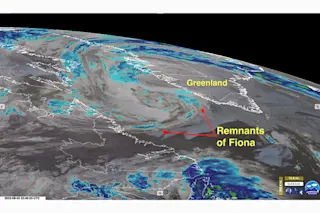See more stories and multimedia from Lake Whillans in this special report.
Antarctica's Dry Valleys, Frozen in Time
Explore the vibrant Dry Valleys, a unique Antarctic hub showcasing stunning visuals and intriguing stories. Discover more!
More on Discover
Stay Curious
SubscribeTo The Magazine
Save up to 40% off the cover price when you subscribe to Discover magazine.
Subscribe


